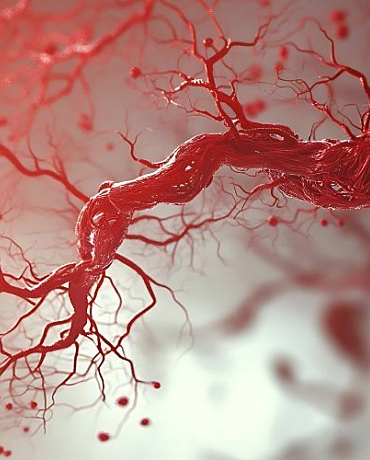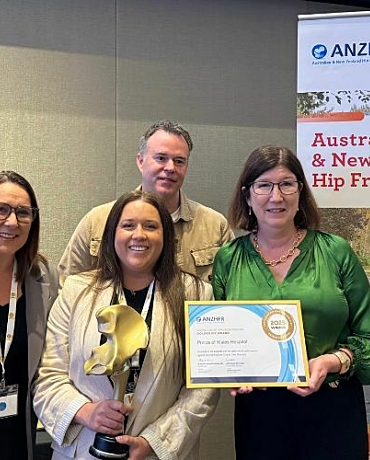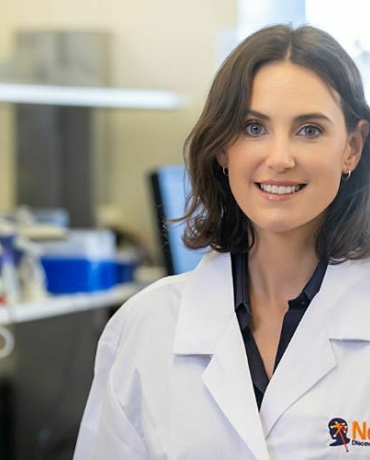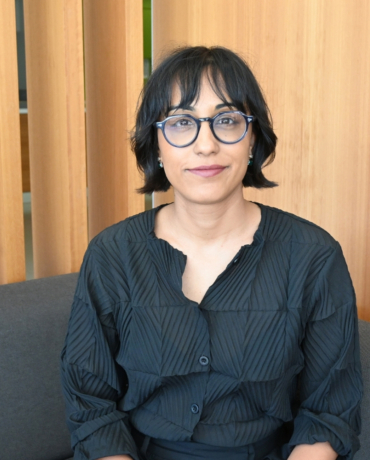Neuroscience Research Australia (NeuRA) and Kidsafe Australia today launched the Best Practice Guidelines for the Safe Restraint of Children Travelling in Motor Vehicles, which aims to keep children up to 16 as safe as possible when travelling in vehicles.
Child restraints are used to protect young passengers travelling in motor vehicles, and include rearward and forward-facing car seats, booster seats, and seat belts.
Despite high levels of child car restraint use in Australia (92 – 99%) and one of the most stringent child restraint design standards in the world, approximately 40 – 70 children are killed on Australian roads each year, and thousands more are injured.
However, research shows there is more that can be done to keep children safe when travelling in vehicles, above and beyond the minimum required by current child car restraint laws.
Led by NeuRA and Kidsafe Australia, the updated Guidelines provide advice on how to choose and use child car restraints, when to transition to adult seat belts, and includes recommendations on keeping children safe during alternative popular means of travel, such as in ride share services and on public transport.
Approved by the National Health and Medical Research Council, the Guidelines are based on the best scientific evidence on how to keep children safe when travelling in motor vehicles.
NSW Minister for Transport and Roads, the Hon Andrew Constance MP, said drivers have a duty of care to ensure children are restrained correctly in their cars.
“Please make sure your child is in the proper child restraint and it has been installed correctly, because you never know when it might save their life,” Minister Constance said.
Project leader and Senior Principal Research Scientist at NeuRA, Professor Lynne Bilston, said the revised Guidelines optimise child passenger safety by factoring in new research and transport developments.
“Our recommendations give consideration to newer restraint types, how a child fits in a particular car when deciding if they can use an adult seatbelt, as well as newer modes of transport,” Professor Bilston said.
“For instance, now that rideshares are common, it is recommended children use their own restraint in ride share vehicles, not just in the family’s own car,” she said.
While the Guidelines are used by road safety agencies and professionals to provide advice to the general public, Kidsafe and NeuRA have also developed consumer friendly resources for parents and carers.
“Unfortunately, a lot of inaccurate information gets circulated through social media. The Guidelines help to dispel these myths and ensure members of the public receive accurate advice on keeping our children safe while travelling,” said Christine Erskine, Kidsafe NSW Executive Officer.
“Kidsafe has also organised a series of local community child car restraint fitting demonstrations and passenger safety events around Australia to coincide with the release of the new Guidelines. These events aim to help raise awareness amongst child restraint fitters and the public of the key messages and changes,” she said.
The new recommendations outlined in the Guidelines include:
- Children should use their child restraint or booster seat when travelling in rideshares (e.g. Uber) and rental cars, as well as taxis.
- Strengthened advice to use the ‘5 Step Test’ to decide when to transition from a booster seat to adult seat belt.
- Children should be encouraged to sit in an upright seating posture so their restraint can work optimally.
- Children aged 4 – 8 years should use an add-on booster seat in preference to an integrated booster, but children 9 years and older can safely use an integrated booster seat if their car has a side curtain airbag where they are sitting.
- Parents of low birthweight babies should use an infant car restraint designed for low birthweight babies until they can get good harness fit in a ‘standard’ child car restraint.
To access the National Child Restraint Guidelines, click here.
Consumer information is available from Kidsafe at kidsafe.com.au/crguidelines




